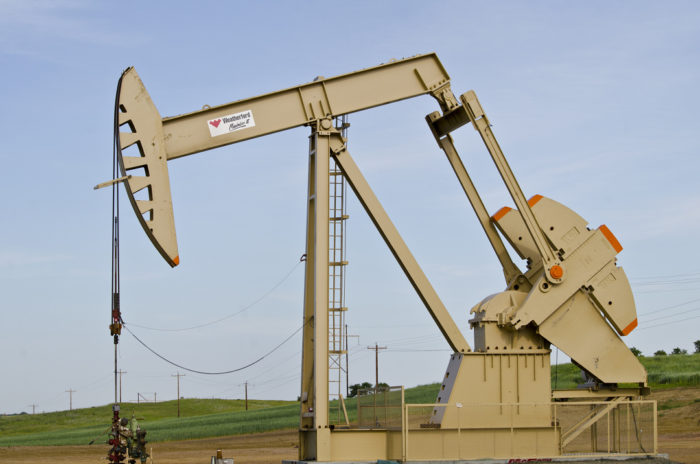
Image Credit: Tim Evanson/Creative Commons license/ Flickr
Over the past year and a half, oil prices have declined from over $100 a barrel to less than $35 a barrel. Should environmentalists be worried that this will cause people to turn away from clean energy and fail to meet climate pollution goals?
In my judgment, no. On balance, the break from high oil prices can be good for the environment. I believe we should celebrate our good fortune if we are entering a period of lower energy prices. But we must make sure that we do not squander the benefits by weakening our resolve to transition to efficiency and clean energy supply. We must instead expand our efforts to provide a suite of carrots and sticks, new regulations in some areas and reduced regulation in others, to encourage more efficient transportation systems, which account for the lion’s share of oil use.
Low prices do not mean that oil is “cheap,” since the true costs of oil include the damage to our health, to the world’s climate, to American national security, to economic stability, and to the environments where oil drilling takes place. These costs are usually invisible to the consumer. But they are real, and they represent an irresponsible if unintended policy to shift costs from producers and consumers of oil to the general public.
Some of these invisible costs are saved as low oil prices make some of the worst projects financially infeasible, and reduce the flow of money to regimes that promote global instability.
Today’s low oil prices, and the market expectation that they will remain low for almost a decade — futures markets expect them not to recover to even $60 as far out as these markets go, which is 2024 — will cause many oil production plans to be canceled, which is a good thing from an environmental perspective. (I expect that oil prices will not remain low that long unless we can deploy clean energy strategies faster than we are doing now, which I will discuss later, and others agree.)
The risks of low prices
The risk of low prices is that they will divert people’s attention from the policies needed to improve our air and climate: policies that require continually improving fuel economy as well as cleaner fuels in cars and other vehicles, that provide incentives for clean vehicles that surpass the minimum requirements, and that promote compact, walkable, communities that require less driving.
As demonstrated in California, such a package of policies can benefit all drivers (and also households that do not drive cars) by lowering fuel bills and reducing vulnerability to future price shocks. Aggressive clean energy policies will not only lower overall fuel bills by increasing fuel economy and reducing the need to drive, they may also allow oil prices to stay low indefinitely, helping to ensure that major new oil projects never come to market.
Another risk to avoid is the prospect that energy companies may try to invest in dirty energy even when an objective analysis would say that it makes no business sense. Investors can be overly bullish on future oil prices, which is one of the reasons for the bust part of the boom-and-bust cycle in fuels. This is why advocacy against environmentally irresponsible projects is as necessary now as it was when oil prices were higher. Some of my earliest projects at NRDC were stopping power plant projects that would have turned out to be white elephants.
The Paris climate agreement and other climate protection policies are also important in discouraging uneconomic investments in dirty energy: financial analysts are now cautioning against oil and coal infrastructure investments because of climate commitments.
Low oil prices can deter some of the dirtiest energy
Many of the dirtiest oil resources are expensive. They only make sense when oil prices are high. If oil prices remain low, it should help discourage new investments in high-cost oil extraction, such as in the Arctic and the Canadian tar sands. And it will also reduce fracking and tight oil (“shale oil”) production projects.
At current oil prices, infrastructure projects like the Keystone XL tar sands pipeline stop being viable investments. However, at prices only slightly below $70 a barrel, pipeline projects like Keystone XL become even more of a threat to the environment: they would enable economically marginal tar sands projects that otherwise would not be economical to move forward by providing cheap transportation capacity. This is a reason why stopping this project when we did was so important. But at current prices, neither tar sands nor the pipeline pencil out.
Stopping tar sands production is a big win for the environment because the tar sands have a higher carbon footprint than other sources of oil, and because production is especially damaging to the local environment. Some of the other projects impacted by low oil prices produce, as a by-product, natural gas that oil and gas producers choose not to transport to market today — primarily due to the economics of building new pipelines compared to current low gas prices — and so it is flared at the well, producing extra carbon pollution.
Already, major oil companies are announcing the cancellation of environmentally damaging drilling projects, and I anticipate more to come.
Low oil prices do not stop oil drilling — all of which is environmentally damaging to a greater or lesser extent. Drilling, fracking, and ongoing production have adverse effects on health, the local economy, the livability of a community, or the local ecology. Some areas can be drilled at a low price, and still require careful regulation to prevent or minimize impacts.
Environmentalists cannot slacken in our vigilance to stop inappropriate oil production schemes.
Just because a project becomes uneconomic does not mean it will necessarily be cancelled: sometimes oil companies are more interested in winning than in profits, or in cross-subsidizing operations to lock in leases for down the road when they expect prices to rise again. Also, oil service companies make money on drilling regardless of whether the project they are constructing does. So some inappropriate projects may go forward unless they are stopped by policy.
High prices do not promote efficiency
The bulk of clean energy resources are energy efficiency, and all the evidence I have seen shows that efficiency is only minimally affected by price. Behavior — such as driving more — is affected by price, but the size of this effect is small. This issue is discussed in detail in the accompanying blog..
What if you are not convinced that low prices have such a benign (if still directionally bad) influence on oil consumption?
Then you should be supporting a pollution fee. A pollution fee could restore oil prices to consumers to a level that you feel is appropriate. Perhaps that means the level that they were at before the decrease: about $110-120 a barrel. If $110-120 a barrel for the consumer is an appropriate price for oil, we should charge producers a fee of somewhere about $80 a barrel. Notwithstanding the arguments I make here, I think that such a fee is a good idea. It is fair, in that it makes those who benefit from oil consumption compensate those who are hurt by it. And even if it doesn’t have a large effect on consumption it still moves the nation in the right direction.
And think of what it could do to the federal government deficit! An $80 a barrel fee would eliminate the deficit. (The Energy Information Administration finds that the United States consumed 6.97 billion barrels of oil in 2014. Thus a fee of $80 a barrel would generate about $550 billion a year. In comparison, for FY2015 and FY2016 the deficit is about $450 billion each year.)
Note that I am not arguing that the correct amount of the fee is $80 a barrel. Lower amounts may make more sense. Nor am I arguing that deficit reduction is the best use of the money: investments in clean energy transportation alternatives would be far better for both the economy and the environment. But if you think low oil prices are a problem, you ought to be proposing a solution rather than sitting in a corner wringing your hands.
But a fee would address both the supply-side and the demand-side environmental issues by encouraging conservation and discouraging production.
Low oil prices do not affect most renewable energy sources
Renewable resources are mainly used in the electricity system, and electricity prices are almost entirely independent of oil prices. Oil is largely missing from the list of power generation fuels in the U.S. Renewables compete against gas and coal, and the prices of these fuels are only minimally affected by oil prices.
Oil and natural gas prices fluctuate dramatically, especially over 5- or 10-year time frames. We have, notwithstanding this, successfully produced large investments in both efficiency and in renewable energy sources in times of low prices as well as high prices. We have done this through policies such as financial incentives for clean energy investment, by reformed regulatory policies that allow utilities to profit from clean energy, by regulations on product efficiency and renewables portfolio standards and low carbon fuel standards, by reductions in regulations that prevent developers from building smart-growth neighborhoods or that require parking spaces that they do not want to build, and by providing transparency on the energy costs of cars, buildings, and appliances.
States and countries that have more consistently adopted and maintained these policies have much lower carbon footprints (and lower energy bills) than those that have not. They also tend to have more robust economies.
Profiting from today’s lower oil prices
Lower prices for oil and for gasoline save consumers money, and this is good for the economy in the short term. We celebrate these consumer and business savings. Amory Lovins has noted that energy price is a race between efficiency and depletion (actually a race between efficiency plus renewables and depletion). We rejoice that the market in 2016 is telling us that clean energy is pulling ahead.
But we do so with the memory that price cuts (or spikes) are not permanent. At some point, perhaps next year, more likely in 5 years, and possibly not for 10 years, oil prices may go up again. We want to approach that time prepared, with a drastically reduced dependence on volatile-priced fossil fuels. Indeed, this reduced dependence may prevent prices from ever going up much.
Yes, I noted above that futures markets expect oil to remain well below $60 for ten years. But we’ve seen this movie before — especially in the early 1980s and the late 1990s. Futures markets are thin and volatile, and often fail dramatically to predict the future. In particular, oil futures markets predict that today’s lower prices will fade away. Such predictions may encourage producers to hang on when they should be shutting down, and thus become self-defeating, because they result in overproduction and reductions in price when markets are expecting small increases.
While lower oil prices may help the economy in the short term, in the long term the states and countries with strong policies supporting clean energy do better economically than those that are less active, and spend less on energy even in those cases when energy prices are higher. (They spend less because diminished consumption due to efficiency means bills are lower, even when unit costs are higher.)
And strong clean energy policies everywhere are likely to take the demand pressure off oil prices permanently.
We need to take a long-term planning perspective. The more effective we are at transitioning to a clean energy economy, the less vulnerable we will be to the next uptick in oil prices (or gas prices). And the more competitive our economy will be, and the more healthy and safe our communities, clean water and clean air will be now and in future generations when that happens.
Those who think that price is more influential than I do should be supporting a pollution fee on oil (and other polluting energy forms).
The risk to lower oil prices is if we get complacent and lazy. If we slack off on policies to reduce automobile efficiency/carbon pollution reduction or on encouraging smart growth, if we start to think that renewable energy is not so important, then low oil prices will have been a snare, not a benefit.
Here is a link to Part 2 of Goldstein’s blog series: The Effect of Low Oil Prices on Climate Emissions.
David Goldstein is energy program co-director for the National Resources Defense Council in San Francisco. This post was originally published at NRDC Switchboard. Next time, a look at how low oil prices affect efficiency, consumption, and climate emissions.
Weekly Newsletter
Get building science and energy efficiency advice, plus special offers, in your inbox.





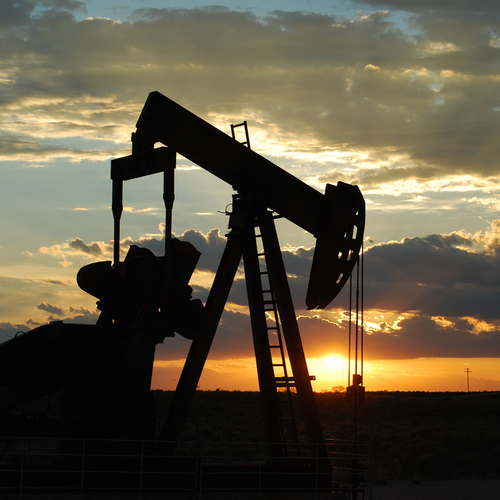
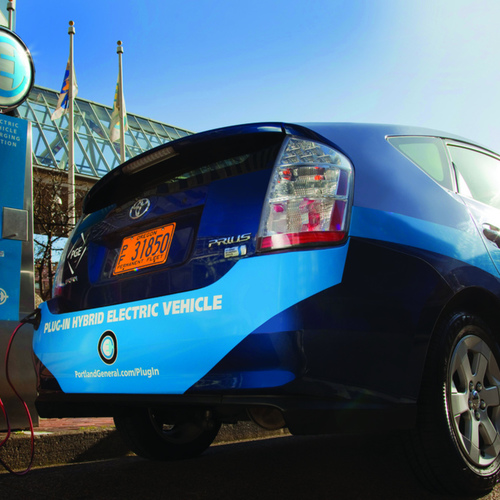
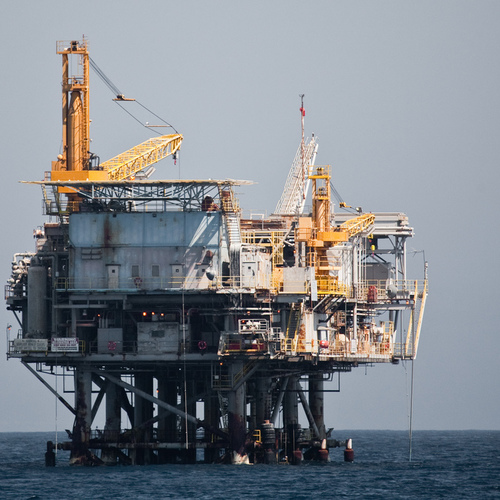
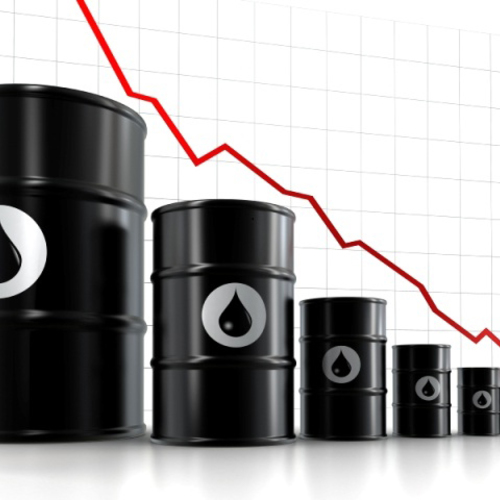






3 Comments
Interesting viewpoints.
One step would be to get the EPA off the "diesel is bad" bandwagon. Other than NOX today's direct injection gasoline engines are significantly dirtier than diesel.
The idea of a pollution fee. There are a myriad of problems with it but off hand this fee would lower the real price of oil which creates an incentive to buy more oil from overseas (ie OPEC) as it would no longer be profitable to drill domestically. If the NRDC feels buying oil from despotic regimes is a bad policy goal then maybe it should reconsider the idea of a pollution fee.
Everything stated is logical,
Everything stated is logical, but human beings are a most illogical species.
Any attempt to create a pollution fee will be shut down immediately by the reality deniers in the house and congress, with propaganda campaigns expanded to explain how climate change is a liberal conspiracy to literally eat americans and their children.
Low prices do cause increased consumption, one only needs to read the many articles that show increased SUV and truck sales when gas prices drop (people have short memories), and gasoline prices are being propped up by increased US gasoline consumption. Its fascinating to see how quickly demand rises once prices drop. By popular public support fuel economy standards are also considered the tool of the devil.
In a country where the government saving lives by enacting legislation is seen as an affront to profit and prosperity, where taking from the poor and giving to the rich is an accepted practice and the government is seen as more evil then the devil enacting smart policies to create a bright future is a daunting if not impossible task.
Yep
Alan, very very well said. Thanks.
Log in or create an account to post a comment.
Sign up Log in